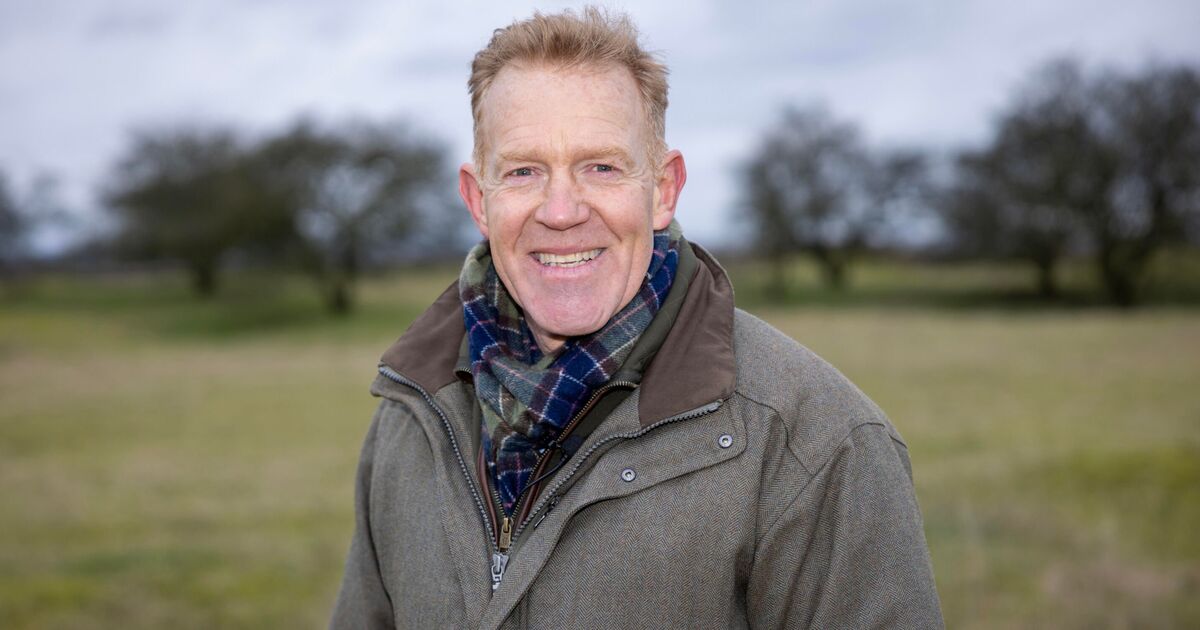Countryfile’s Adam Henson will spend part of this weekend staring through his binoculars to spot birds on his farm.
That is because he is taking part in the Big Farmland Bird Count – which encourages people to spot species in an effort to monitor how they are faring.
The count, in its 12th year, aims to provide a snapshot of the bird population on British farms, with figures showing that species have fallen by 63% since 1970.
Adam, who hosted the launch at his Cotswold Farm Park on Friday, said: “It’s a very useful tool to get a gauge on what’s going on in the wider environment.
“Over the last 15 years, we’ve seen more and more birds anecdotally but now we’ve started doing surveys. We’ve seen a significant increase and some that we didn’t even know we had.”
His famous farmer father Joe inspired Adam’s love for conservation. The farm has been a part of several environmental schemes over the last 25 years which support wildlife while producing food.
Adam, who has done bird surveys on the 1,600 acre estate for the last four years, takes measures to ensure the land provides the right food and habitat for the animals.
He provides 9.5 tonnes of feed in the winter months to fill the “hungry gap” – the time of the year when the winter is at its harshest and natural food sources are low.
Adam has pollen and nectar mixes on the outside of their arable fields for invertebrates, such as bees and butterflies. He also grows plants, like sunflowers and quinoa, which produce seed for the birds to feed on.
The Game & Wildlife Conservation Trust (GWCT) initiative also aims to raise awareness of the role that farmers play in wildlife conservation.
The father of two said: “You can do everything you possibly can in a farming environment but you can’t beat the weather. If you get a really cold snap at this time of the year… 30% of barn owls die through starvation. If you get horrible, horrible wet seasons like we had in 2024, then ground nesting birds – the curlews, lapwings – will struggle to produce.
“We can provide the environment but we can’t beat the weather. Since the 70s, things have been improving in agriculture to think more and more about the environment and the pesticides we’re using and the way we’re managing our landscape.”
He hopes farmers and members of the public will get involved in the 30-minute count, which on Friday and ends on February 23.
Adam, 59, said: “My wife and I love it. We go for lovely walks on the farm and spot all sorts of birds. It’s fantastic to see the skylarks, particularly this time of the year when we’re moving into the spring and you can hear them singing.
“We’ve got goldfinches everywhere, huge flocks of linnets and chaffinches at the moment.”
They also have threatened yellowhammers on the farm in increasing numbers because of the way they are providing food for them.
Adam, who urged people to leave a part of their outside space untouched for wildlife to enjoy, added: “[The count] is about encouraging everybody to think about wildlife and conservation, however small a space you’ve got at home. It doesn’t just have to be for farmers. Even if you’ve got a window box or a garden, I think we need to think more about providing for wildlife.”

